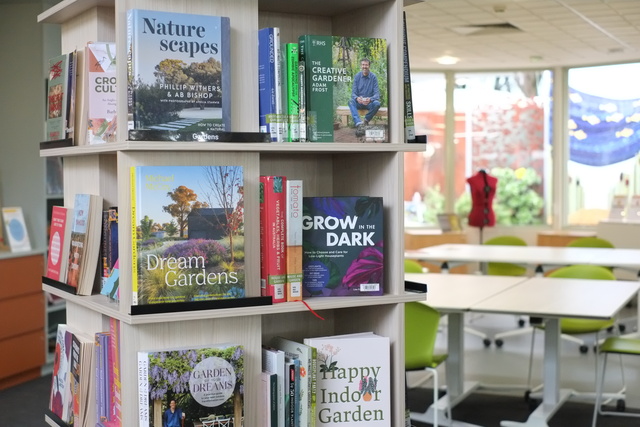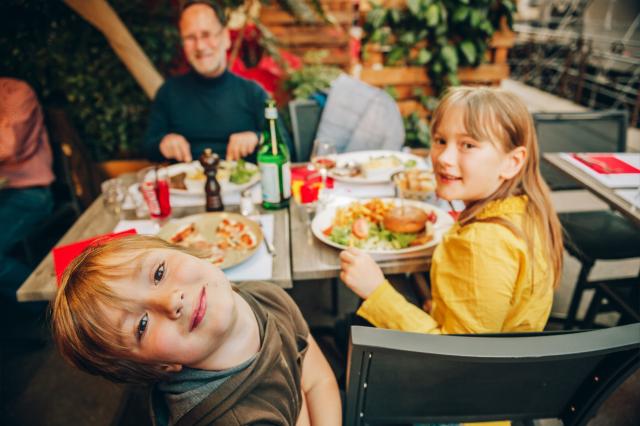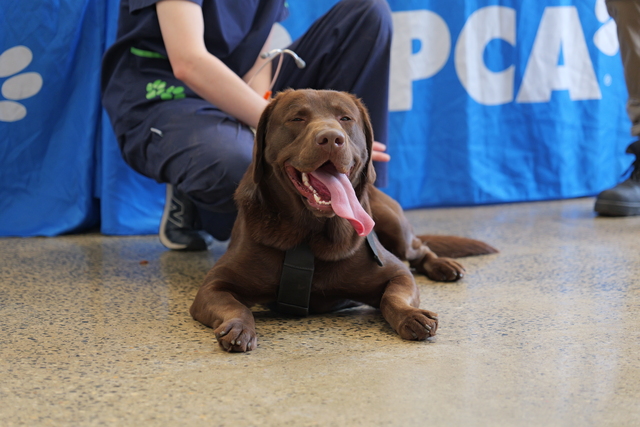After the recent storms destroyed much of the habitat for powerful owls in Mount Evelyn, the news of four baby owls being born was a welcome surprise.
The Mount Evelyn Environment Protection and Progress Association (MEEPPA) have recently spotted the owlets in the hollow of one of the 300 year old trees in Mount Evelyn Recreation Reserve.
MEEPPA president Clare Worsnop said in the last few years the owls haven’t had much success in raising their young.
“We’ve had a very turbulent time with our owls because with the increase in the use of the reserve by the sports clubs and night training with lights on and the very loud siren they use it disturbed the birds for a long time,” she said.
“So for five years, they didn’t nest at all, they didn’t breed. They would go into the hollow and they would lay eggs and everything would look like it was going fine and then they would abandon them.
“That was quite unusual because they’d always had twins every year up until then.”
But one of the benefits of Covid-19 has been the lack of people at the sporting ground in the evening, allowing the powerful owls to stay the course of their breeding season which runs from May to the middle of July when the eggs hatch.
“When you add to the mix, the problem with the enormous storms and the amount of trees that have come down and therefore the amount of hollows that have been destroyed, that means the whole food chain is under stress just from the storms,” Ms Worsnop said.
“So to have that success with our babies this year is just really really awesome.”
Male powerful owls live for up to 20 years, while females live for 15, they are territorial and rely on arboreal food sources like possums, gliders and sometimes other birds that nest in hollows.
By the end of February the baby owls will have learnt how to fly and how to gather their own food, meaning the parents will send them off to find their own territory.
“They can’t afford to have all the young staying around because there’s not enough food to sustain more owls in any one spot.
“That’s why the storms are significant because with all the hollows that have been destroyed and all the trees that have come down, that limits the amount of hollows for things like the possums, the gliders, the parrots, kookaburras, all the creatures that rely on hollows to breed and there’s less arboreal animals the powerful owls to eat.”
Powerful owls are listed as a threatened species and can only be found down the eastern side of Australia, from Queensland to Victoria in forest areas where trees are at least 300 to 400 years old.
“They’re unique to Australia, unique to the world. So if they’re endangered in Victoria, New South Wales or Queensland, they’re endangered worldwide and we can’t afford to lose them, we can’t replace them,” Ms Worsnop said.
Every baby owl that is born and survives the first few months of life Ms Worsnop said is extremely important for the survival of the entire population and the future of the species.
“With all the storms and damage, and then there’s clearing of land for various essential things like housing and farms and food, it all encroaches on their possibilities. That’s why every baby owl is extremely important.
“It’s a whole complex range of issues. We need to be more aware of what they are so we can provide for human activity and also protect the environment and the wildlife and we can live together.”







